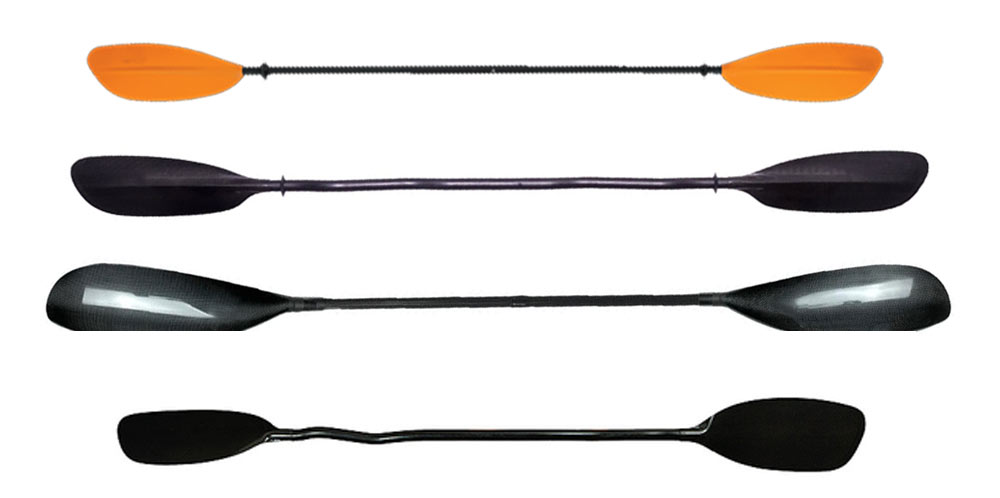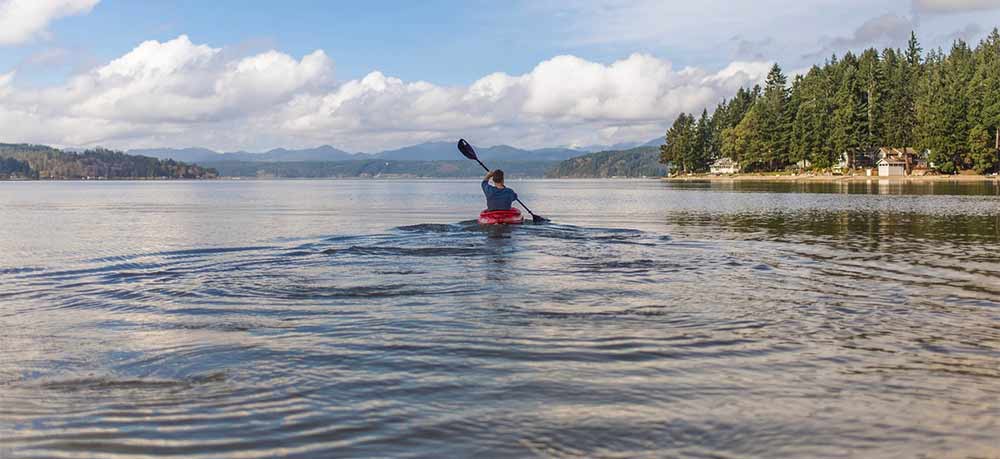Unlocking the Secrets of Kayak Paddle Sizing: A Comprehensive Guide
The importance of selecting the right-sized kayak paddle cannot be overstated when it comes to enhancing your experience on the water. Whether you're a novice or a seasoned kayaker, finding the perfect paddle size is paramount. In this comprehensive guide, we'll explore the significance of paddle sizing, the various factors to consider, and how to make an informed choice. Additionally, for those interested in top-quality kayak paddles, we're a composite kayak paddle manufacturer. You can click the link to check out our exceptional products.
Why Does Paddle Size Matter?
1.1 The Impact of Paddle Size
The size of your kayak paddle plays a pivotal role in ensuring your comfort, efficiency, and overall enjoyment while kayaking. Using an incorrectly sized paddle can result in discomfort, inefficient strokes, and even fatigue. Let's delve into why paddle size matters:
Too Short: A paddle that's too short may cause your hands to collide with the sides of your kayak, leading to less effective strokes.
Too Long: Conversely, a paddle that's too long can strain your shoulders and make your kayak zig-zag, turning a peaceful paddling experience into an exhausting one.
Kayak Paddle Guide
2.1 Finding the Right Paddle Length
Determining the correct paddle length is a harmonious blend of science and personal preference. When choosing the ideal paddle size, several crucial factors come into play, including your height and kayak's width. Here are some guidelines to assist you:
Recreational Kayak: These kayaks typically have widths ranging from 26" to 30" and lengths between 6 to 12 feet. Paddle lengths between 200 cm and 230 cm cater to paddlers of varying heights.
Touring Kayak: Touring kayaks are longer and narrower, with widths between 22" to 25" and lengths of 12 to 15 feet. Common paddle lengths for these kayaks range from 210 cm to 240 cm.
Performance Kayak: Sleek and elongated, performance kayaks have widths from 19" to 22" and lengths between 15 to 18 feet. Paddles for these kayaks typically fall in the 220 cm to 250 cm range.
Whitewater Kayak: In the world of whitewater kayaks, typically 7 to 11 feet in length, the paddler's height takes precedence over kayak width. Consult our chart for specific paddle length recommendations.
Factors to Adjust Your Paddle Length
3.1 When to Go Longer or Shorter
Consider making minor length adjustments if you experience any of the following:
For Longer Paddle:
A more leisurely pace.
A low-angle forward paddling stroke.
Wider boat width.
Flare, flat-bottom, or V-shaped boat design.
A high seat position in the kayak.
Taller than 6' and outside our sizing guide.
For Shorter Paddle:
A more aggressive, active, or endurance-focused pace.
A high-angle forward paddling stroke.
Narrow boat width.
Tumblehome (inward bevel) boat design.
Lower seat position than most stock boat models.
Shorter than 5' and outside our sizing guide.
Determining Whitewater Paddle Size
4.1 Tailoring Your Paddle for Whitewater Adventures
Whitewater enthusiasts, this section is for you! When selecting a paddle for your exhilarating kayaking escapades, consult our chart for recommended paddle lengths. Shorter paddles are perfect for playboating, while longer ones suit river running and creeking.
Choosing the Right Paddle Category
5.1 Finding Your Paddle's Ideal Category
Selecting the right paddle category is a key step in aligning your equipment with your kayaking style. Here's a breakdown of which category suits your lifestyle:
Performance and Touring Kayaks: Opt for these paddles if you enjoy extended trips on flat or moving water, including sea touring. Lighter paddles reduce joint strain and fatigue, and high-quality carbon shafts and lightweight blades deliver efficiency and power.
Recreational Kayaks: Perfect for short trips, fishing, exercise, and shore exploration. These paddles are durable and cost-effective, though they may be slightly heavier.
Whitewater Kayaks: These paddles are designed for durability, efficiency, and a quick cadence, making them ideal for rugged conditions. Carbon or fiberglass shafts provide extra strength.
Choosing the Right Blade Shape
6.1 Tailoring the Blade to Your Paddling Style
Your paddling style should dictate the blade shape that's right for you:
High-Angle Paddling: This style is characterized by a more vertical shaft position, benefiting from shorter, wider blades and shorter shafts for power and athleticism.
Low-Angle Paddling: Those who maintain a relatively horizontal shaft position prefer longer, thinner blades for energy efficiency.
Section 7: Understanding the Ferrule System
7.1 The Ferrule System Explained
The ferrule system is the mechanism that connects the two halves of a 2-piece kayak paddle. It allows the paddle to function as one piece and enables feathering, which refers to the offsetting of paddle blades. Feathering reduces wrist strain and conserves energy.
Finding Your Perfect Paddle
8.1 The Importance of Trying Before Buying
When selecting a paddle, take the time to try out various sizes and types before making a commitment. Retailer-hosted on-water demos offer an excellent opportunity to test different options and discover the perfect fit for your paddling adventures.
Conclusion
In conclusion, choosing the right kayak paddle is a matter of blending science with personal preference. Consider your height, kayak width, paddling style, and intended use to select the paddle that enhances your kayaking experience. If you're interested in top-quality kayak paddles or SUP paddles, don't hesitate to reach out to us for information and guidance. Your perfect paddle awaits to elevate your kayaking adventures.



Comments
Post a Comment